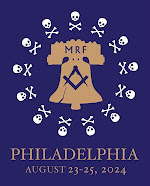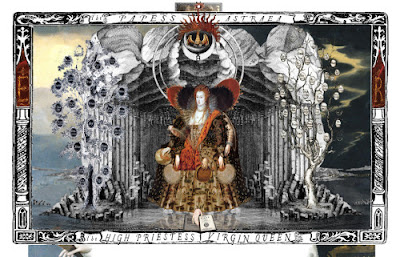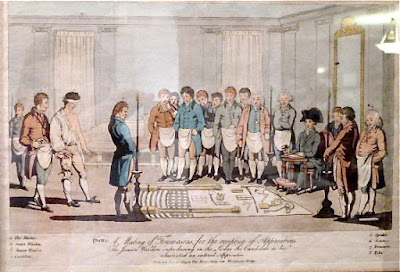Events coming later this month at the Rosicrucian Cultural Center are open to all who work toward achieving peace of mind. The center is located at 2303 Adam Clayton Powell, Jr. Boulevard in New York City.
(Masonic brethren sometimes ask me what Rosicrucianism is. I’m not up to the task of answering the question conclusively, but I can say two things: 1) Rosicrucianism chiefly is about healing—mending others, but first helping oneself so as to be able to help others. 2) Rosicrucianism differs from Freemasonry in that its organized doings concern only The Work. That is, there are no ritual competitions, hot dog eating contests, kiddie groups, and the endless other frivolities that trivialize Masonic lodges to the verge of irrelevance. You know what I’m talking about.)
From the publicity:
Are there things in your life that you blame others for causing? Do you have memories from your past that haunt or embarrass you each time you think about them? Have you ever wanted to rewrite your “life script” and feel at peace with difficult situations from your past?
Forgiving oneself and making peace with the past is necessary for a good life today, and a promising tomorrow. You deserve harmony and joy each and every day. Join our session and be prepared to lose anger and judgment, and to begin developing a healthy love and respect for yourself and others.
Facilitating the discussions will be longtime Rosicrucian Patricia Downes, OD/HRD Specialist, Relationship and Organizational Systems Coach, and Certified Life Coach.
It is important for us as students of spirituality and mysticism to become aware and acquainted with the tremendous resources that are available to us to make our lives more harmonious. Once we learn to tap these inner resources, living will become an invigorating affair, advancing and expanding the consciousness.
We need to keep foremost in our consciousness certain principles, conditions and laws to gain access to spiritual tools and to arrive at permanent solutions to life’s challenges. Through lectures, participation in meditation, and visualization exercises, we will be given the opportunity to experience the value of discussing these principles in a group setting.
Facilitating the discussions will be Dr. Lonnie Edwards, Vice President of the EGL Board of Directors, and author of Spiritual Laws that Govern Humanity and the Universe.
Have you been standing on the sidelines, looking in from the outside at your life, not liking what you see and feel? Do you desire more joy and aliveness in some areas of your life?
In this session, we’ll explore options for improving the quality of our lives so that we are better able to move forward in life with bravery and courage. We will conduct exercises that further this state of being and will practice techniques that support us in achieving the objectives.
Facilitating the discussion will be longtime Rosicrucian Patricia Downes, OD/HRD Specialist, Relationship and Organizational Systems Coach, and Certified Life Coach.

















































































